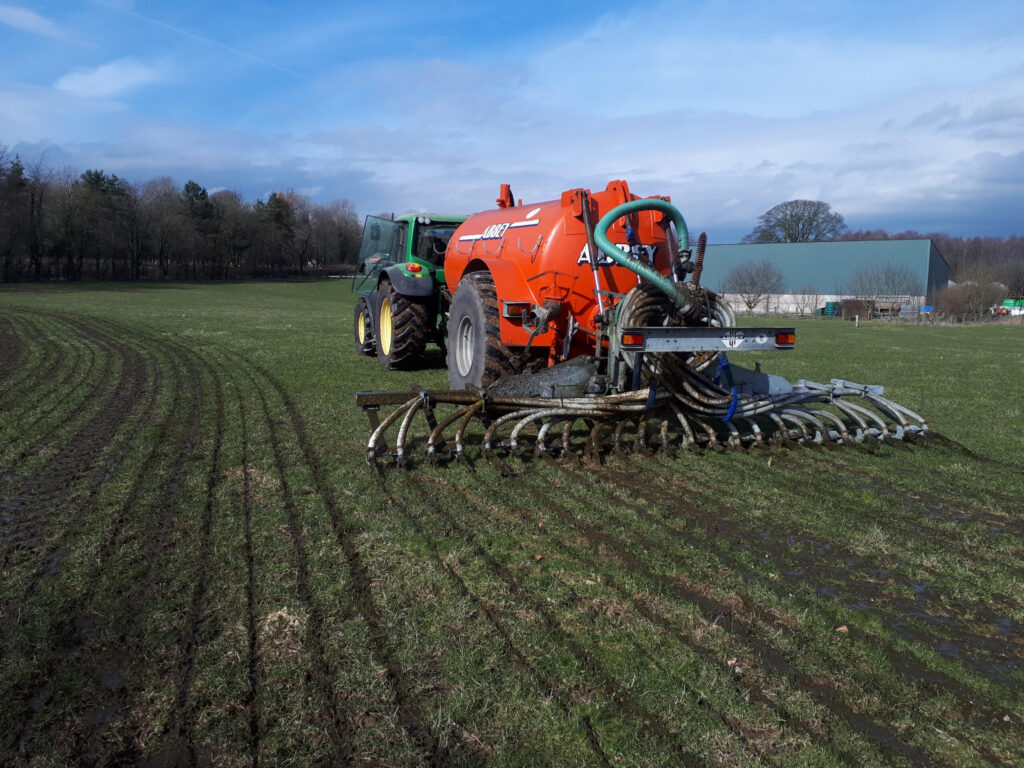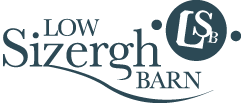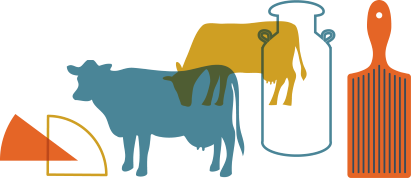
Helping the environment through manure management
At Low Sizergh Farm, we are tackling something that has been part of the farming cycle for centuries – manure management. When done well, it benefits the soil of our organic farm, the pasture, and the farm’s dairy herd whilst also reducing air pollution.
Muck-spreading is important for both livestock rearing and the annual farming cycle. Our cows are typically housed from November until the end of March so we collect and store the manure during that time and look to spread it in spring and summer.
When we collect the waste, we are also collecting the nutrients within it. They can be used to feed the soil bacteria and boost the plants that the animals eat, either directly or as silage. When our cows digest their food, they are actually quite inefficient at
extracting all of the available nutrients. The waste they produce not only contains nitrogen, phosphate and potassium, it is also loaded with bacteria that live in the cows’ guts to help them breakdown their feed. It’s this chemical and biological cocktail that we want to capture and reapply to the land.
However, collecting manure from housed animals becomes more complex as the number of animals grow and larger amounts of manure must be stored. The more livestock, the greater potential to cause pollution. Knowledge of pollutants which affect air quality is vitally important for farmers. As you may know, we reconverted to organic farming this year and are passionate about sustainable farming and a growing concern with the environmental impacts of food production.
Muck spreading and sustainability
Our new methods of muck spreading correspond with Farmer Richard’s holistic farming approach. We advocate better use of resources at every opportunity and have been aware for a number of years that we can make better use of our manures. Organic farming standards do not allow the use of artificial fertilisers, so it’s even more important that best use is made of the natural resources we have available on the farm.
We are seeing good results already– growth rates in fields cut for silage after slurry have increased, and the cows have reacted well to the grazing paddocks on which slurry has previously been spread. Both are good indicators of nutrient storage improvements in the soil. The management of the herd, how their waste is managed and what they are fed can make the difference between them contributing to greenhouse gases or reducing them.
Come along to Low Sizergh Barn and you can say hello to our organic dairy herd, watch them being milked every day from 3.45pm, and grab a bite to eat in the farm shop or café.

